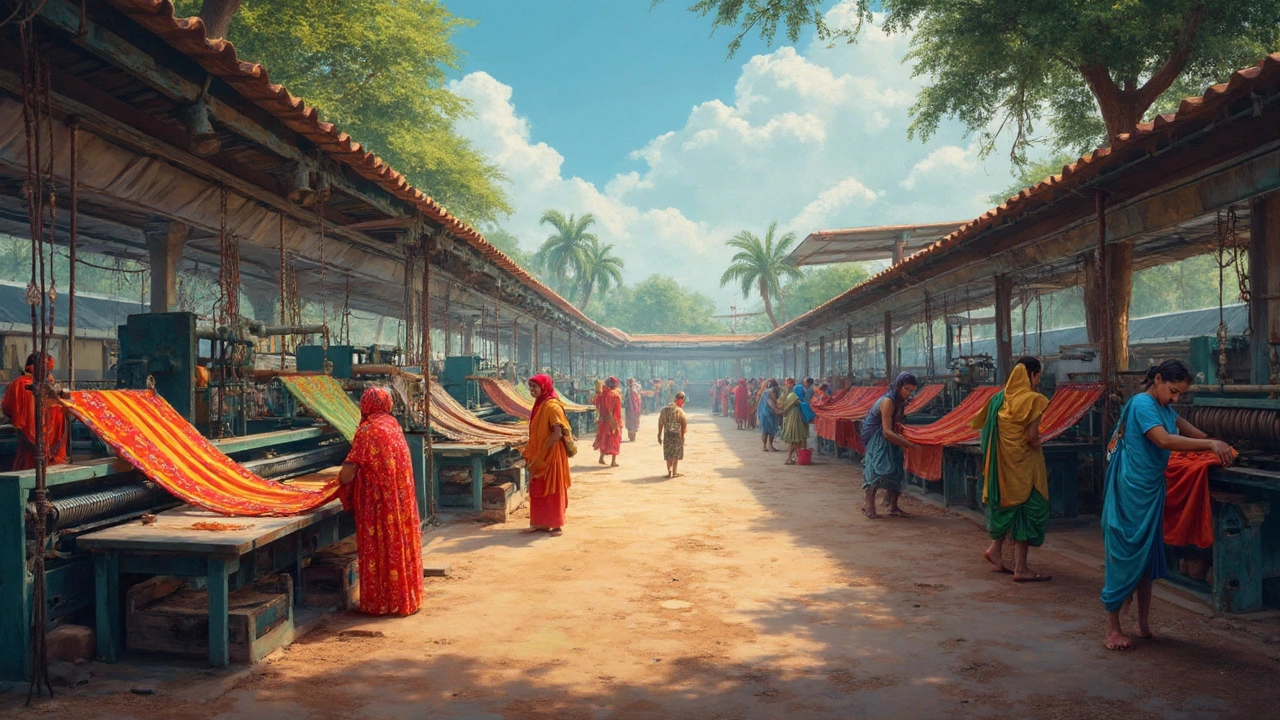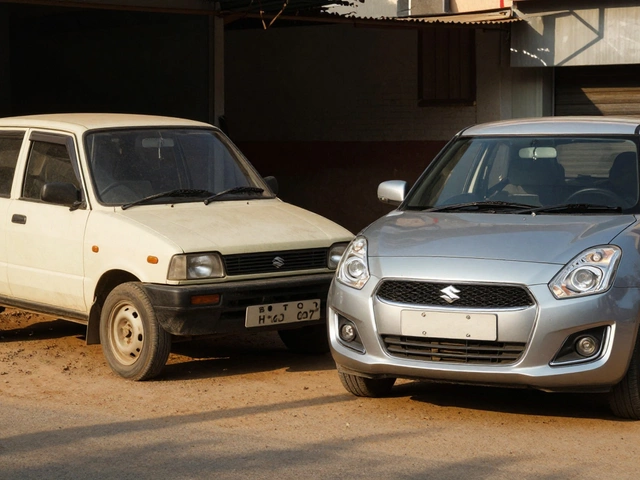Largest Textile Industry in India: What’s Driving the Boom?
If you’ve ever wondered why India’s textile sector keeps buzzing, you’re not alone. It’s the country’s biggest manufacturing playground, employing millions and feeding a massive domestic market. In simple terms, the industry grows because raw cotton is abundant, labour is affordable, and the government throws in incentives like tax breaks and easy credit.
Let’s cut to the chase: the top textile hubs are Gujarat, Tamil Nadu, and Maharashtra. Gujarat leads with synthetic fabrics, while Tamil Nadu dominates cotton and yarn. Maharashtra sits in the middle, balancing both. Knowing where the action happens helps you pick the right partners, suppliers, and even export routes.
Top Companies Driving the Industry
When you talk about the largest textile industry, a few names pop up every time. Companies like Arvind Ltd., Vardhman Textiles, and Reliance Industries control a huge chunk of production capacity. Arvind is famous for denim and has recently moved into sustainable fabrics. Vardhman focuses on yarn and fabric for home textiles. Reliance, aside from its oil legacy, runs massive polyester plants that feed both the local market and export orders.
What’s common among these giants? They invest heavily in modern looms, automated cutting, and digital colour management. That means faster turn‑around, lower waste, and higher quality – exactly what buyers demand today. If you’re planning to start a small‑scale unit, study their tech upgrades. Even a modest investment in a single high‑efficiency loom can boost output by 20‑30%.
Growth Drivers and Future Outlook
Two trends are shaping the next five years. First, sustainable production. Consumers are asking for organic cotton, recycled polyester, and low‑water dyes. The government backs this with schemes like the Textile Ministry’s Sustainability Initiative, offering subsidies for water‑saving machines. Second, export demand. The U.S., EU, and Middle East are buying more Indian textiles because of competitive pricing and improving compliance with global standards.
To tap into these trends, focus on three practical steps:
- Upgrade your machinery. Even a partial automation of the weaving process cuts labour costs and improves consistency.
- Get certified. Standards like GOTS (Global Organic Textile Standard) open doors to premium markets.
- Network with export councils. They provide market intel, buyer introductions, and sometimes financial aid.
Finally, keep an eye on the rise of technical textiles – think automotive fabrics, medical gowns, and geotextiles. These niches pay higher margins and are less price‑sensitive. If you can blend traditional cotton processing with a bit of engineering, you’ll be ahead of the curve.
Bottom line: India’s largest textile industry isn’t just big; it’s evolving fast. Stick to proven players for supply chain security, adopt sustainability to meet buyer expectations, and explore high‑value niches to boost profitability. With these moves, you’ll turn the size of the industry into a competitive advantage for your own business.
India's Leading Textile Giant: The Largest Player in India
It's no surprise that the textile industry in India is massive, with several players competing for the coveted top spot. Vardhman Textiles Ltd. emerges as a front-runner, known for its extensive range of products and innovative practices. This article explores the factors contributing to its dominance, from its rich history to sustainable practices. Discover how Vardhman Textiles not only defines the scale but also sets the quality benchmark in the Indian textile market.
Read More




